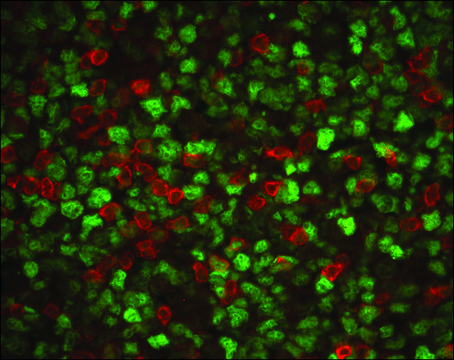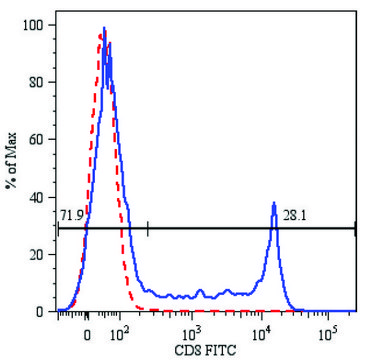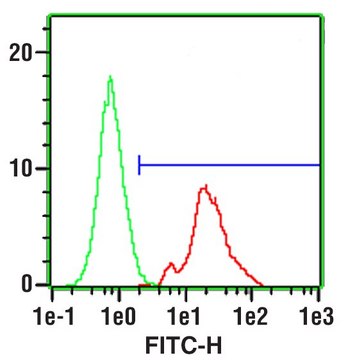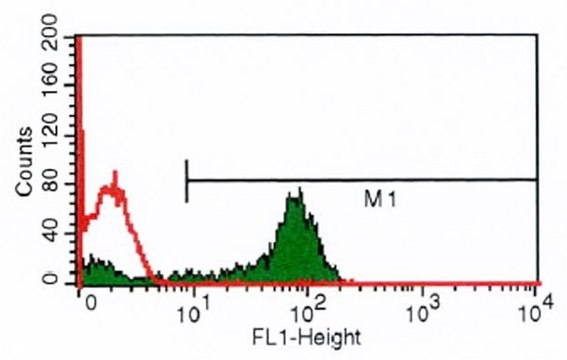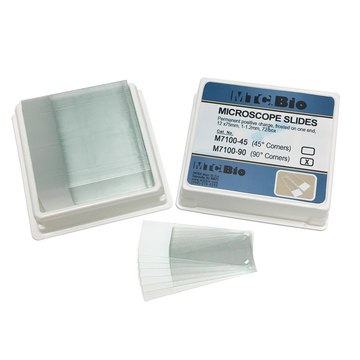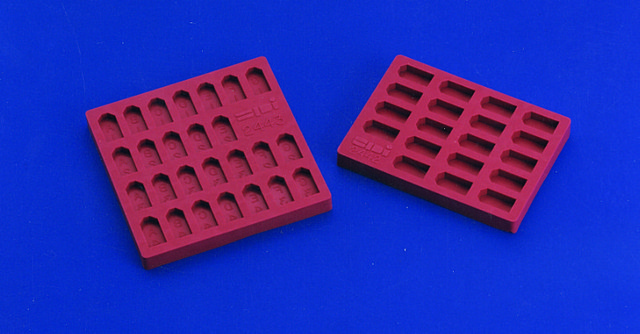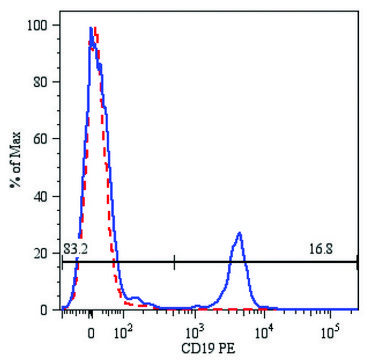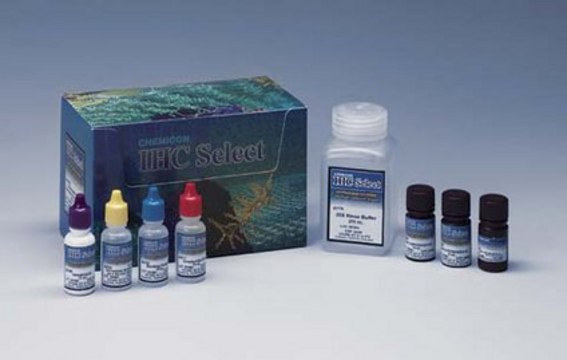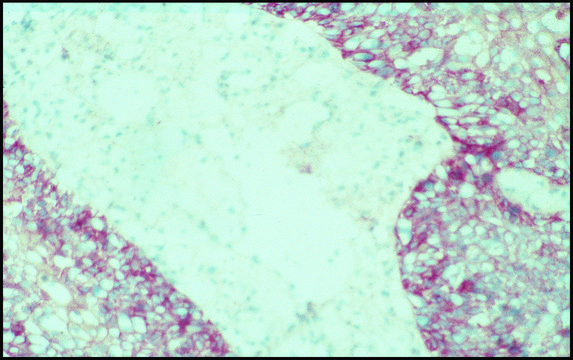F0772
Monoclonal Anti-CD8−FITC antibody produced in mouse
clone UCHT-4, purified immunoglobulin, buffered aqueous solution
Synonym(s):
Monoclonal Anti-CD8
Sign Into View Organizational & Contract Pricing
All Photos(2)
About This Item
UNSPSC Code:
12352203
NACRES:
NA.44
Recommended Products
biological source
mouse
Quality Level
conjugate
FITC conjugate
antibody form
purified immunoglobulin
antibody product type
primary antibodies
clone
UCHT-4, monoclonal
form
buffered aqueous solution
species reactivity
human
technique(s)
flow cytometry: 10 μL using 1 × 106 cells
isotype
IgG2a
UniProt accession no.
shipped in
wet ice
storage temp.
2-8°C
target post-translational modification
unmodified
Looking for similar products? Visit Product Comparison Guide
Related Categories
General description
Monoclonal Anti-Human CD8 (mouse IgG2a isotype) is derived from the hybridoma produced by the fusion of mouse myeloma cell line NS-1 and splenocytes from Balb/c mice immunized with human thymocytes followed by peripheral blood T cells. The CD8 antigen is strongly expressed on approximately one-third of mature T cells (cytotoxic/suppressor T cells). Monoclonal Anti-CD8 does not stain B lymphocytes, monocytes, or granulocytes.
Specificity
Recognizes the CD8 human T cytotoxic/suppressor lymphocyte cell surface glycoprotein. Approximately 90% of thymocytes are stained in suspension. In thymus sections, both cortical and medullary thymocytes are stained. A subset of NK cells express this antigen weakly. The epitope recognized by this clone is sensitive to routine formalin fixation and paraffin embedding.
3rd Workshop: code no. 567
3rd Workshop: code no. 567
Immunogen
human thymocytes followed by peripheral blood T cells.
Application
FITC Monoclonal Anti-Human CD8 may be used for:
- Immunofluorescent staining,
- Enumeration of total T cytotoxic/suppressor lymphocytes in bone marrow, blood and other body fluids,
- Identification and localization of T cytotoxic/ suppressor lymphocytes in lymphoid and other tissues,
- Analysis of cell mediated cytotoxicity,
- Studies of immunoregulation in health and disease,
- Investigation of NK cells, Complement mediated cytolysis of CD8 expressing cells
Biochem/physiol Actions
CD8a (Cluster of Differentiation 8a) is a human gene. CD8 bind to class I MHC and the co-receptors during the process of cytotoxic T-cell activation. T cells that express T cell receptor (TCR) complexes, which lack CD3 δ, exhibit severely impaired positive selection and TCR-mediated activation of CD8 single-positive T cells. CD3 δ couples with TCR. The CD3 associated with CD8 is required for effective activation and positive selection of CD8+ T cells. CD8 expression is a recurrent rare phenomenon in patients with chronic lymphocytic leukemia (CLL).
Target description
CD8 is a two chain complex (α/α, α/β) receptor for Class I MHC molecules. The receptor′s cytoplasmic portion is associated with p56lck protein tyrosine kinase which phosphorylates nearby proteins. The antigen is strongly expressed on approximately one third of mature T cells (cytotoxic/suppressor T cells).
Physical form
Solution in 0.01 M phosphate buffered saline, pH 7.4, containing 1% bovine serum albumin and 15 mM sodium azide.
Preparation Note
Prepared by conjugation to fluorescein isothiocyanate isomer I (FITC). This green dye is efficiently excited at 495 nm and emits at 525 nm.
Disclaimer
Unless otherwise stated in our catalog or other company documentation accompanying the product(s), our products are intended for research use only and are not to be used for any other purpose, which includes but is not limited to, unauthorized commercial uses, in vitro diagnostic uses, ex vivo or in vivo therapeutic uses or any type of consumption or application to humans or animals.
Not finding the right product?
Try our Product Selector Tool.
Storage Class Code
10 - Combustible liquids
WGK
nwg
Flash Point(F)
Not applicable
Flash Point(C)
Not applicable
Regulatory Information
含少量动物源组分生物产品
常规特殊物品
Choose from one of the most recent versions:
Already Own This Product?
Find documentation for the products that you have recently purchased in the Document Library.
Christian Schütz et al.
Blood, 111(7), 3546-3552 (2007-12-22)
Several cell-based immunotherapy strategies have been developed to specifically modulate T cell-mediated immune responses. These methods frequently rely on the utilization of tolerogenic cell-based antigen-presenting cells (APCs). However, APCs are highly sensitive to cytotoxic T-cell responses, thus limiting their therapeutic
CXCL9 promotes prostate cancer progression through inhibition of cytokines from T cells
Tan S, et al.
Molecular Medicine Reports, 18(2), 1305-1310 (2018)
G F Gao et al.
Immunology today, 21(12), 630-636 (2000-12-15)
In recent years, substantial progress has been made towards understanding the molecular basis for CD8 binding to class I MHC and the coreceptor's role in cytotoxic T-cell activation. Here, we review the structural, mechanistic and functional studies that point to
C L Kohem et al.
Arthritis and rheumatism, 39(5), 844-854 (1996-05-01)
To delineate in greater detail the phenotype of T cells that reside in the synovial tissue (ST) and synovial fluid (SF) of patients with rheumatoid arthritis (RA), in order to determine their precise differentiation status, and to determine whether the
Wolfgang Kern et al.
Cytometry. Part B, Clinical cytometry, 82(3), 145-150 (2011-12-07)
In patients with chronic lymphocytic leukemia (CLL), aberrant expression of the T-lineage antigen CD8 was reported in low frequencies. The clinical impact of this phenomenon remains in discussion. We analyzed 5,523 patients with CLL (21-97 years) by multiparametric flow cytometry
Our team of scientists has experience in all areas of research including Life Science, Material Science, Chemical Synthesis, Chromatography, Analytical and many others.
Contact Technical Service